Researchers develop a novel method to measure gravity that can get much more information.
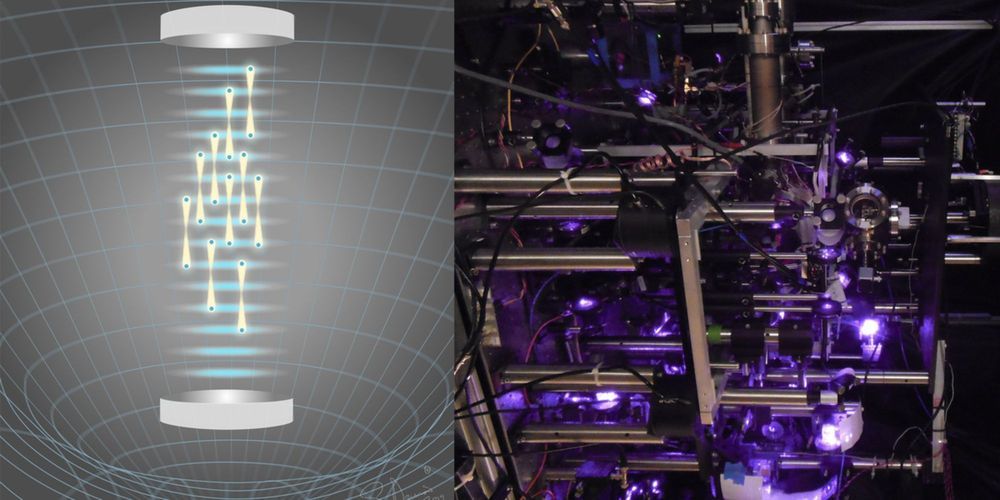


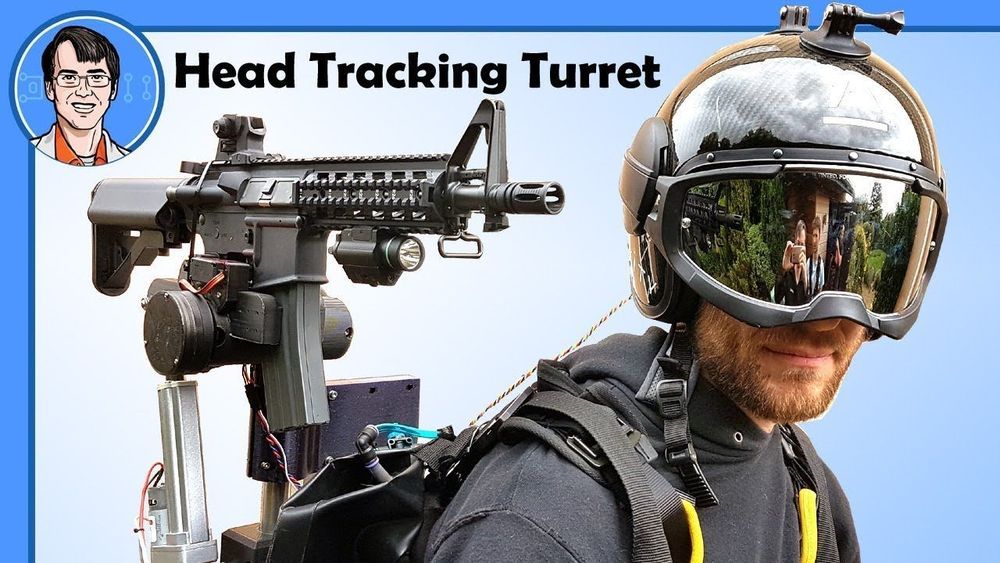
First, we had the Green Goblin carrying a rifle. Now, Iron Man’s wearing one.
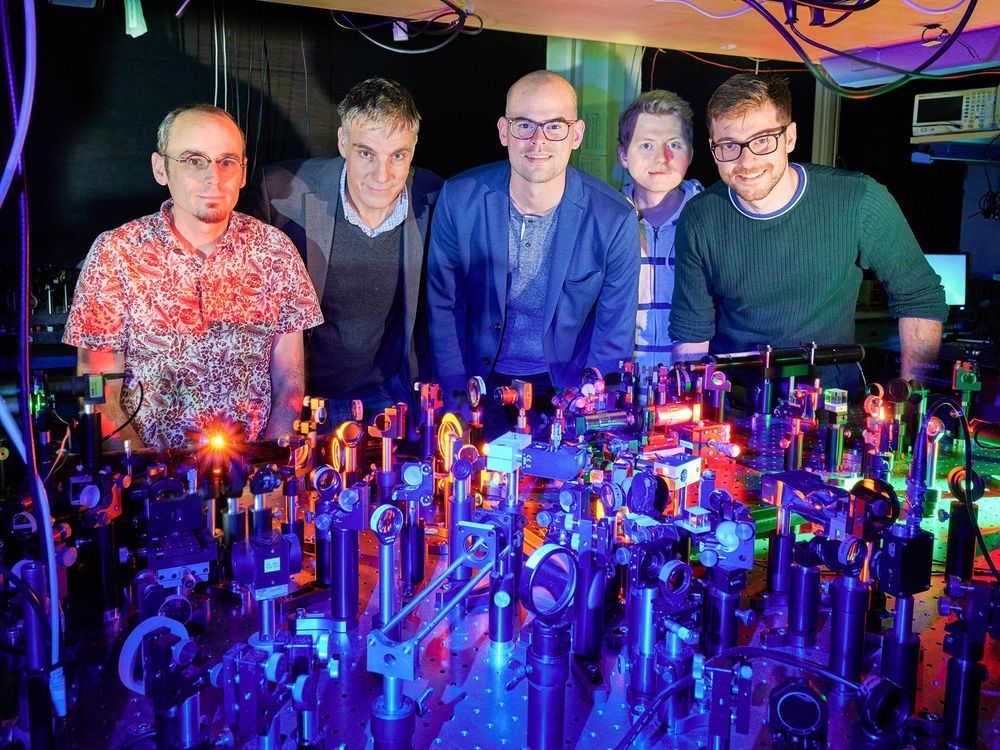
Light can be directed in different directions, usually also back the same way. Physicists from the University of Bonn and the University of Cologne have, however, succeeded in creating a new one-way street for light. They cool photons down to a Bose-Einstein condensate, which causes the light to collect in optical “valleys” from which it can no longer return. The findings from basic research could also be of interest for the quantum communication of the future. The results are published in Science.
A light beam is usually divided by being directed onto a partially reflecting mirror: Part of the light is then reflected back to create the mirror image. The rest passes through the mirror. “However, this process can be turned around if the experimental set-up is reversed,” says Prof. Dr. Martin Weitz from the Institute of Applied Physics at the University of Bonn. If the reflected light and the part of the light passing through the mirror are sent in the opposite direction, the original light beam can be reconstructed.
The physicist investigates exotic optical quantum states of light. Together with his team and Prof. Dr. Achim Rosch from the Institute for Theoretical Physics at the University of Cologne, Weitz was looking for a new method to generate optical one-way streets by cooling the photons: As a result of the smaller energy of the photons, the light should collect in valleys and thereby be irreversibly divided. The physicists used a Bose-Einstein condensate made of photons for this purpose, which Weitz first achieved in 2010, becoming the first to create such a “super–photon.”

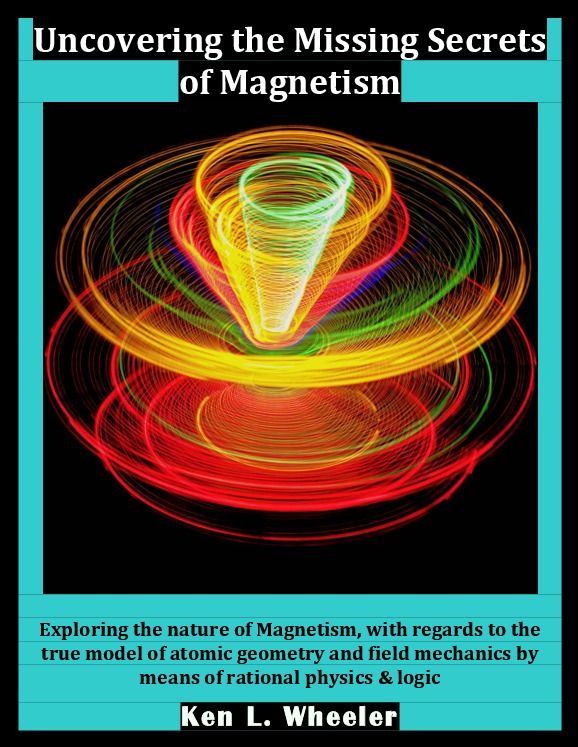
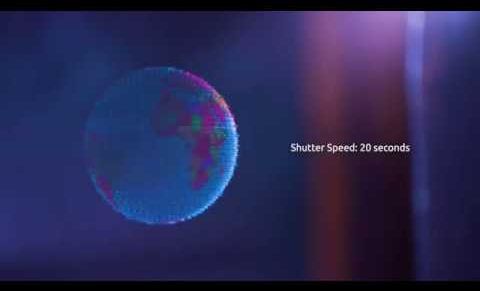
Caption: Two minute explainer video of the Multimodal Acoustic Trap Display developed at the University of Sussex.
Credit: Eimontas Jankauskis

A huge test for the fuel of the future.

U.S distance runner Zach Bitter set a 100-mile run world record in 11 hours, 19 minutes and 13 seconds at the Six Days in the Dome event in Milwaukee on Saturday. He ran 363 laps around the 442-meter track at the Pettit National Ice Center.
He averaged a mile pace of 6:48, which is faster than running a sub-three hour marathon. He ran the first 50 miles in five hours, 40 minutes and 38 seconds before completing the next 50 two minutes faster in five hours, 38 minutes and 35 seconds.
The previous record was 11 hours, 28 minutes and three seconds by Oleg Kharitonov in 2002. The 40-year-old from Manitowoc, Wis. set the American record for 100 miles when he ran a 11:40:55 in 2013.
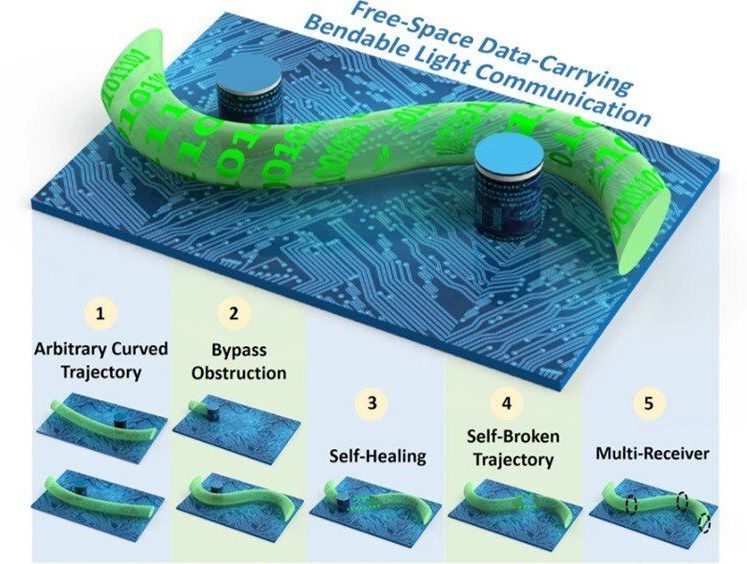
Bendable light beams have significant applications in optical manipulation, optical imaging, routing, micromachining and nonlinear optics. Researchers have long explored curved light beams in place of traditional Gaussian beams for line-of-sight light communications. In a recent study now published on Scientific Reports, Long Zhu and a team of researchers in Optical and Electronic information, in China, proposed and developed free-space, data-carrying bendable light communication systems between arbitrary targets for potential multifunctionality. The researchers employed a 32-ary quadrature amplitude modulation (32-QAM) based discrete multitone (DMT) signal to demonstrate free-space bendable light intensity modulated direct detection (IM-DD) communication in the presence of three curved light paths. They characterized (tested) multiple functions of free-space bendable light communication to reveal that they allowed optical communications to be more flexible, robust and multifunctional. The work will open a new direction to explore special light beams enabled, advanced free-space light communications.
Bendable light beams are a new class of electromagnetic waves associated with a localized intensity maximum that can propagate along a curved trajectory. Researchers have previously studied and reported generic classes of bendable light beams that travel along elliptical and parabolic trajectories. Airy beams (appear to curve as they travel) are a type of non-diffracting beams that maintain its wavefront during transmission, much like Bessel beams (which only exist in theory, ideally) for optical communication free of obstructions. Airy beams possess properties of self-acceleration, non-diffraction and self-healing to propagate along a parabolic trajectory. Aside from airy beams, bendable light beams can reconstruct their wavefront to propagate continuously along the preset trajectory. To explore advantages of bendable light beams for diverse applications, researchers must bend the light along arbitrary trajectories; which can be achieved using the caustic method.